Artist Influences: A Comparative Analysis of South East Asian Art
VerifiedAdded on 2020/04/21
|8
|1672
|154
Essay
AI Summary
This essay delves into the artistic influences shaping South East Asian art, focusing on the works of Affandi and Ronald Ventura. It begins by providing a historical context, noting the shift in Asian art forms towards a pluralist world and the introduction of foreign art in Asian megacities. The discussion then centers on Affandi, an Indonesian artist known for his expressionistic and emotionally resonant paintings, influenced by Van Gogh. His unique technique of squeezing paint directly from the tube is highlighted, along with the evolution of his style and themes. The essay further explores the work of Ronald Ventura, a Filipino artist celebrated for his layered and complex artworks that blend various styles like hyperrealism, cartoons, and graffiti. Ventura's exploration of cultural identity and the concept of the "second skin" is analyzed, emphasizing his use of layering as a metaphor for the multi-layered national identity of the Philippines. The essay concludes by comparing the styles and thinking of Affandi and Ventura, highlighting their significant contributions to global art culture, with Affandi's realistic approach and Ventura's use of graffiti and layers. The essay references various sources to support its claims, including websites and academic publications.
1 out of 8
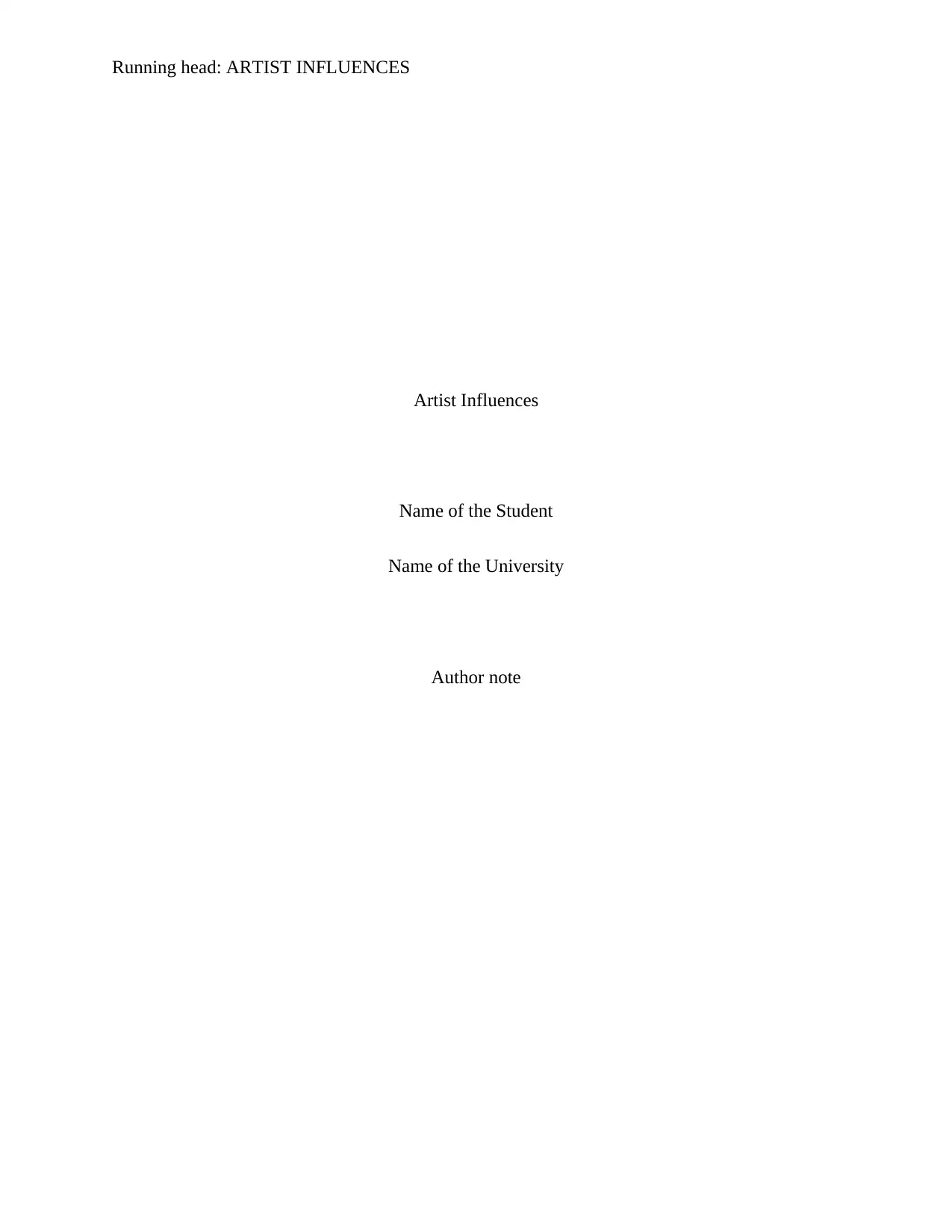
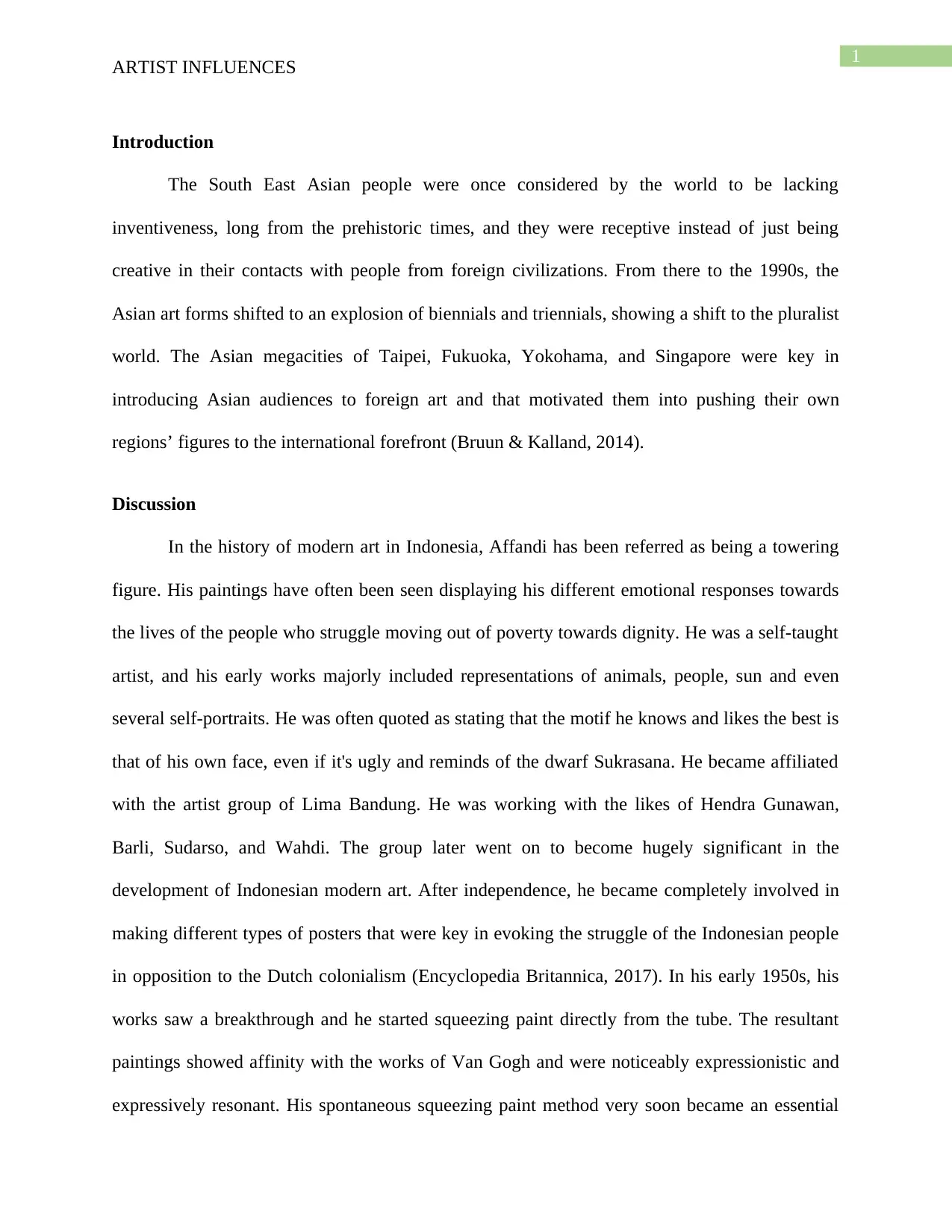
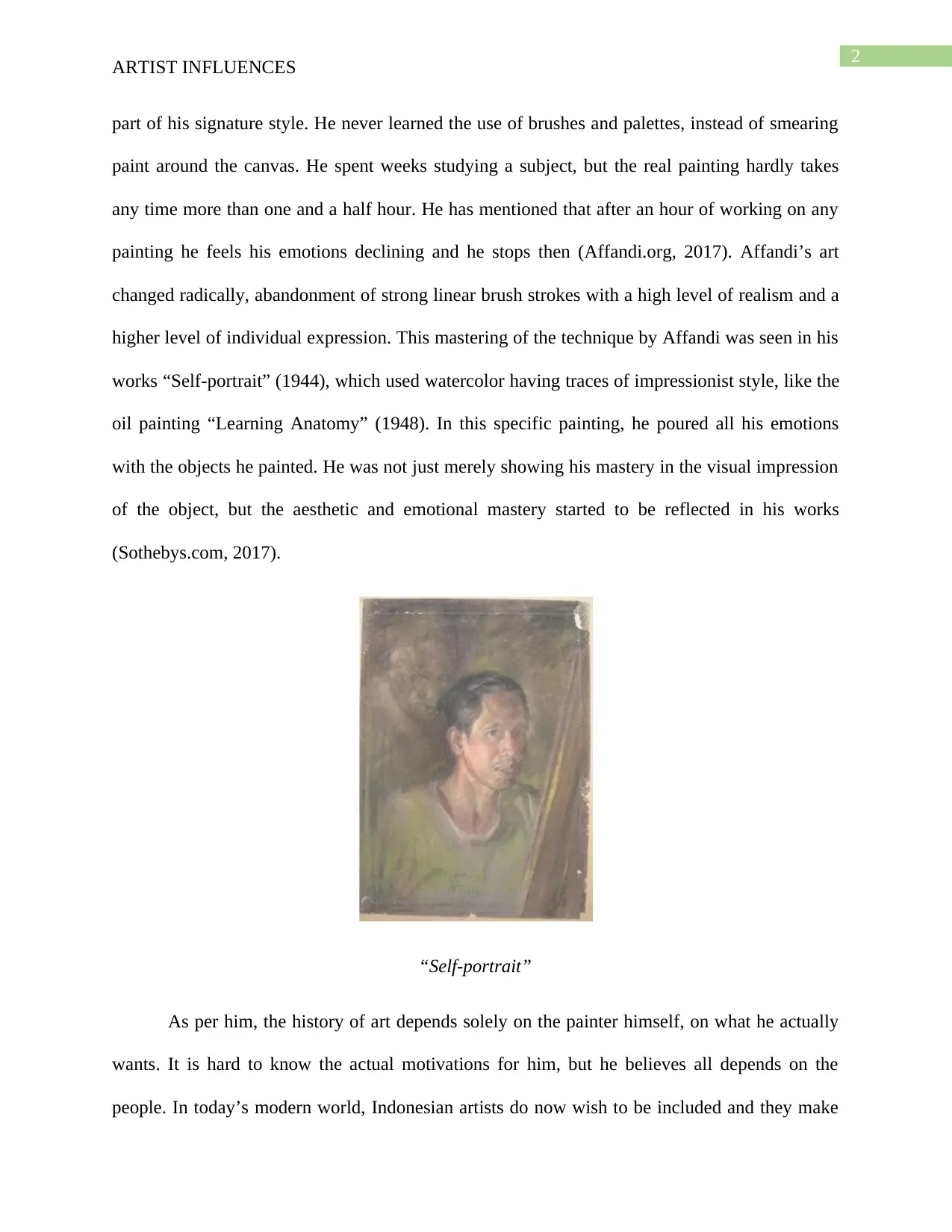
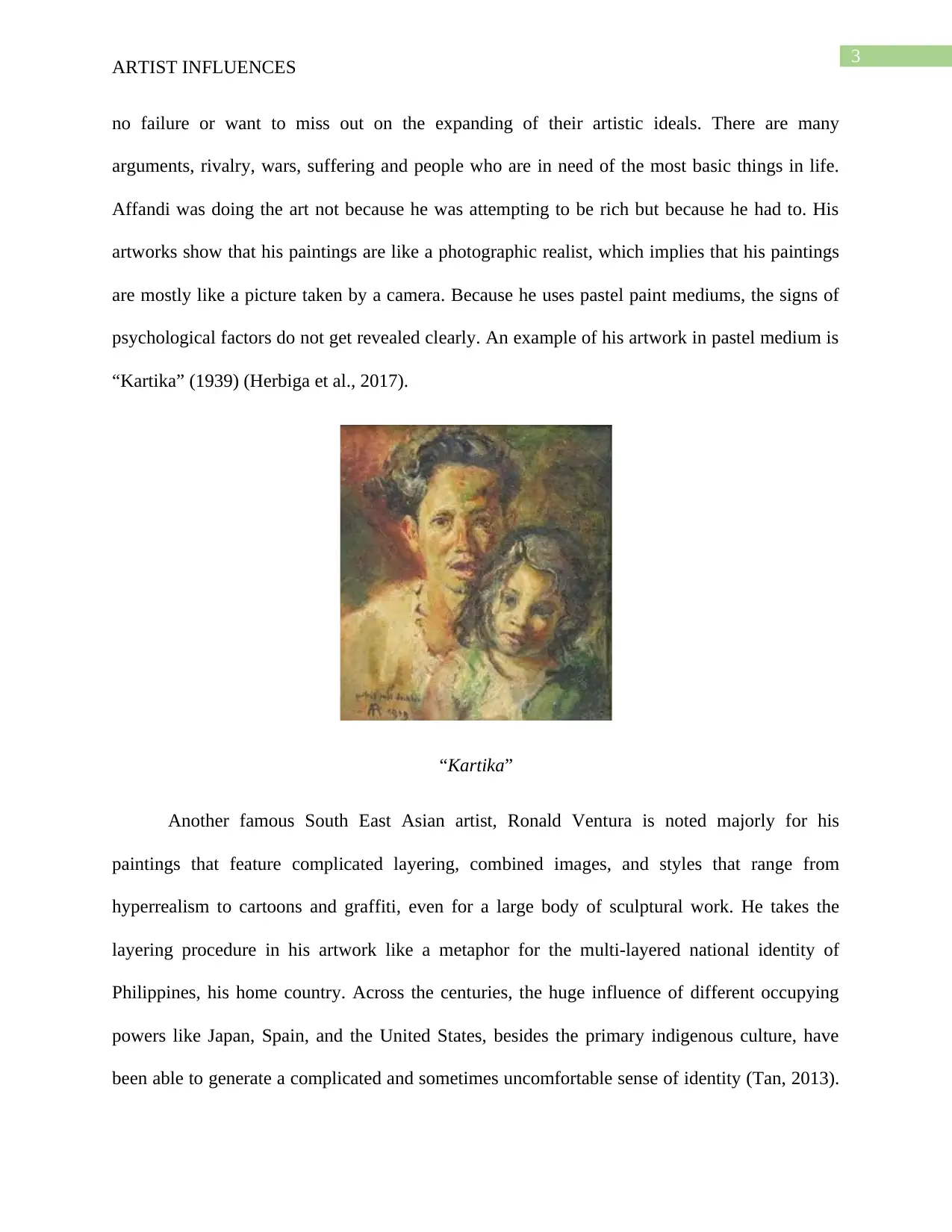
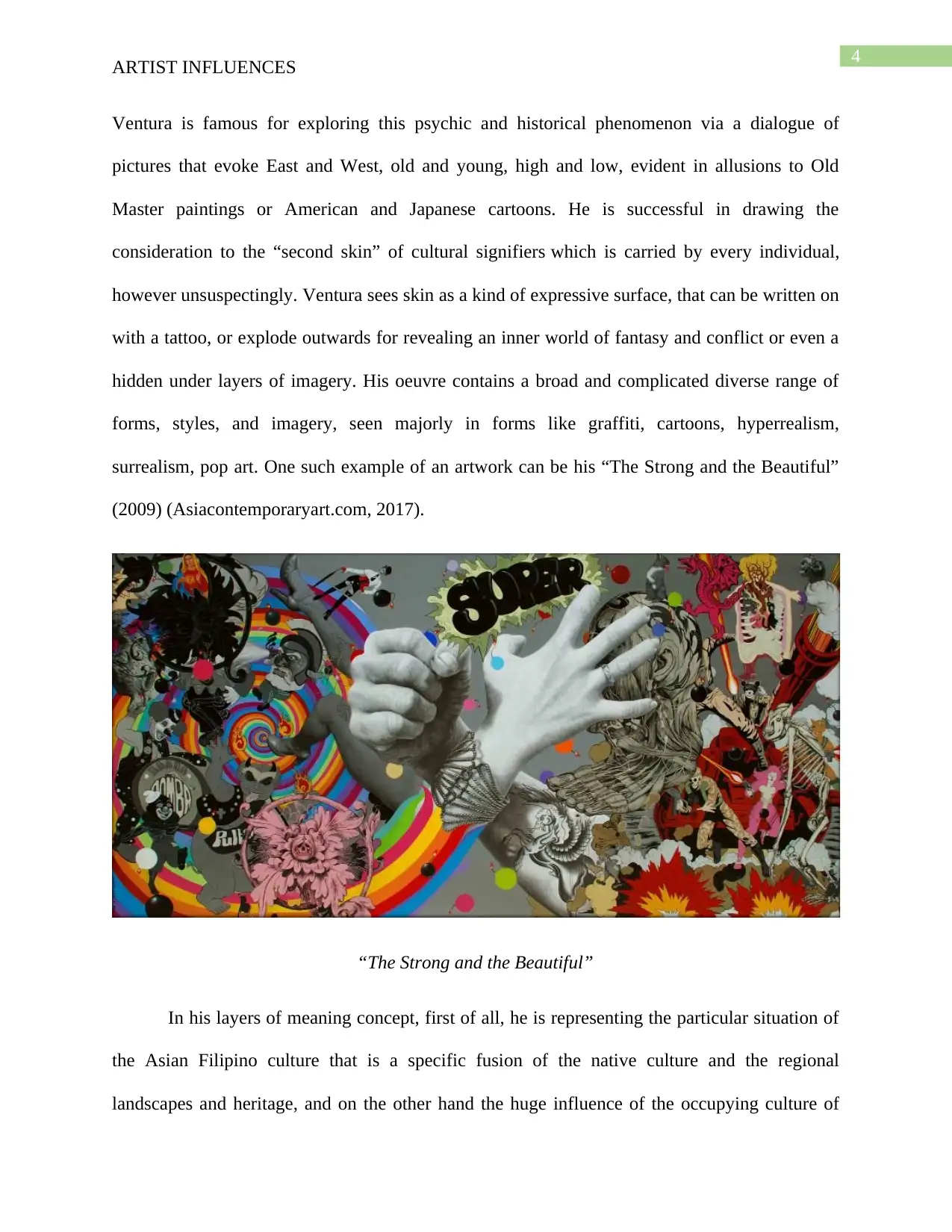
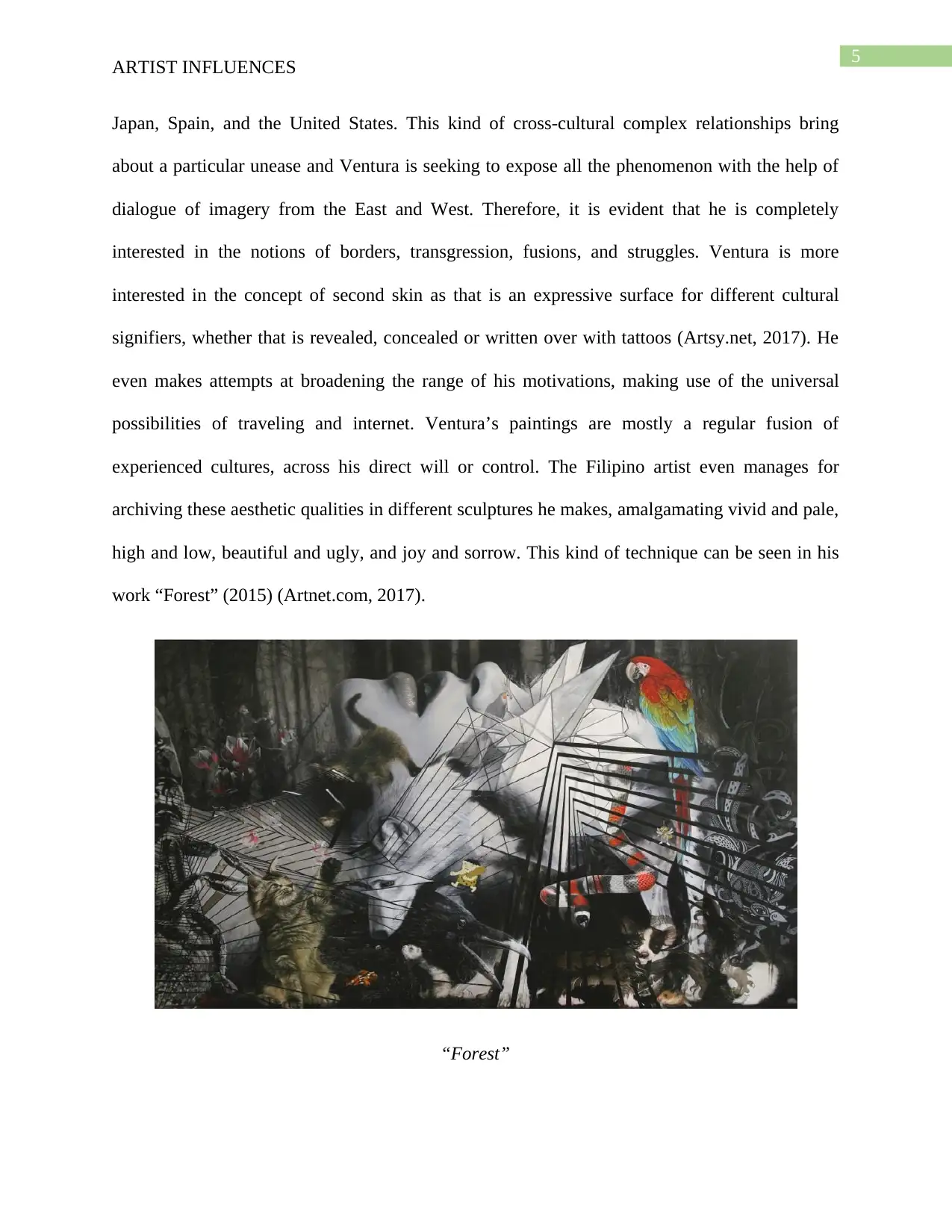
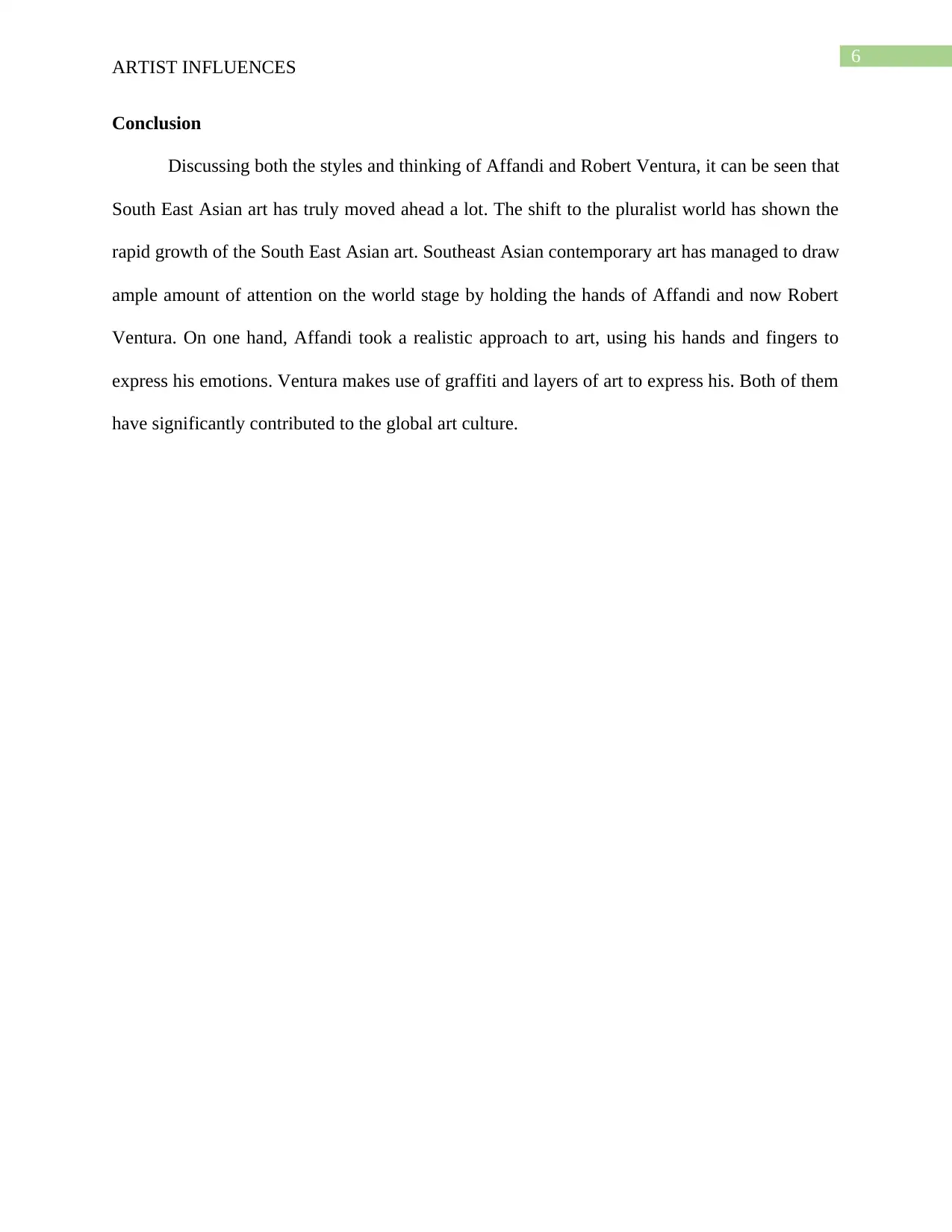
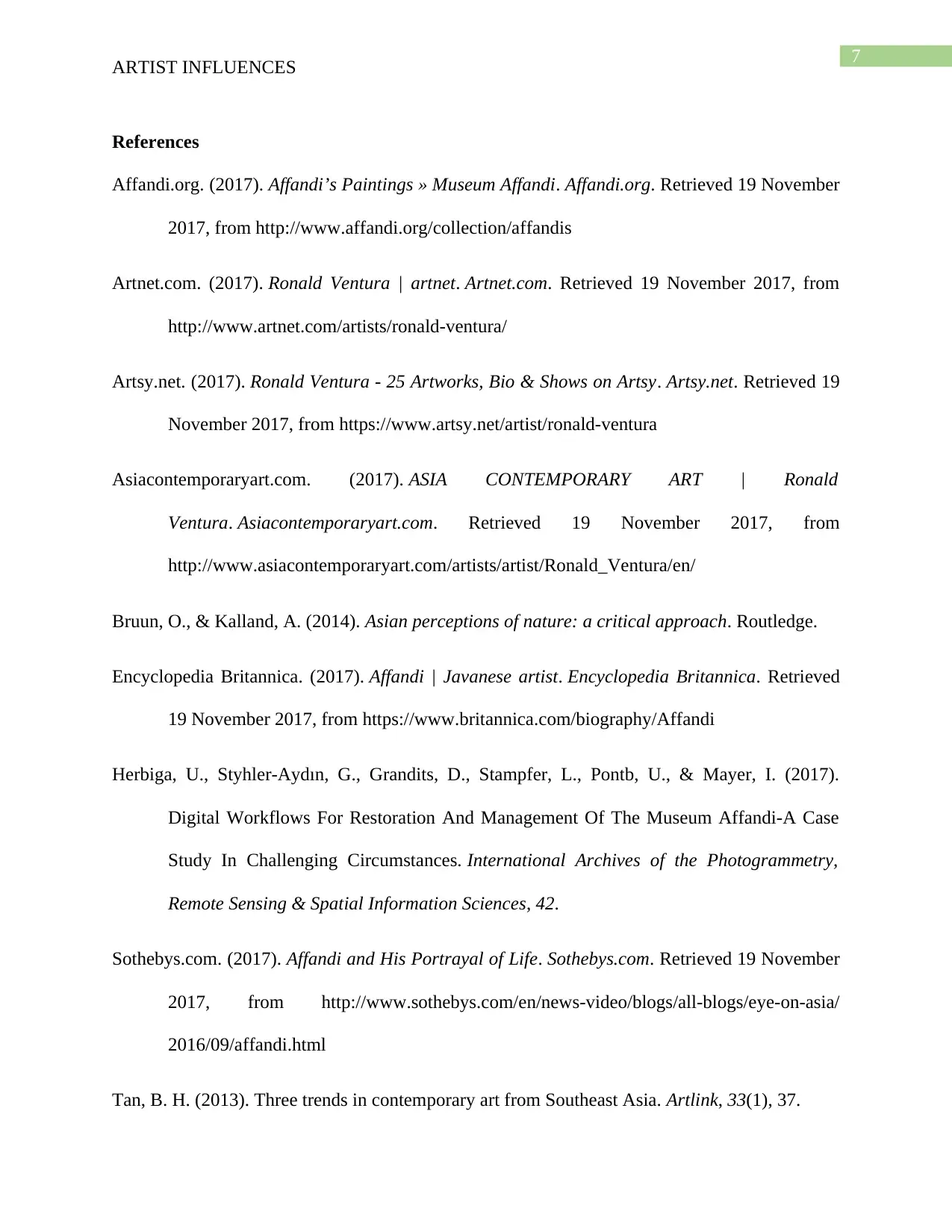






![[object Object]](/_next/static/media/star-bottom.7253800d.svg)